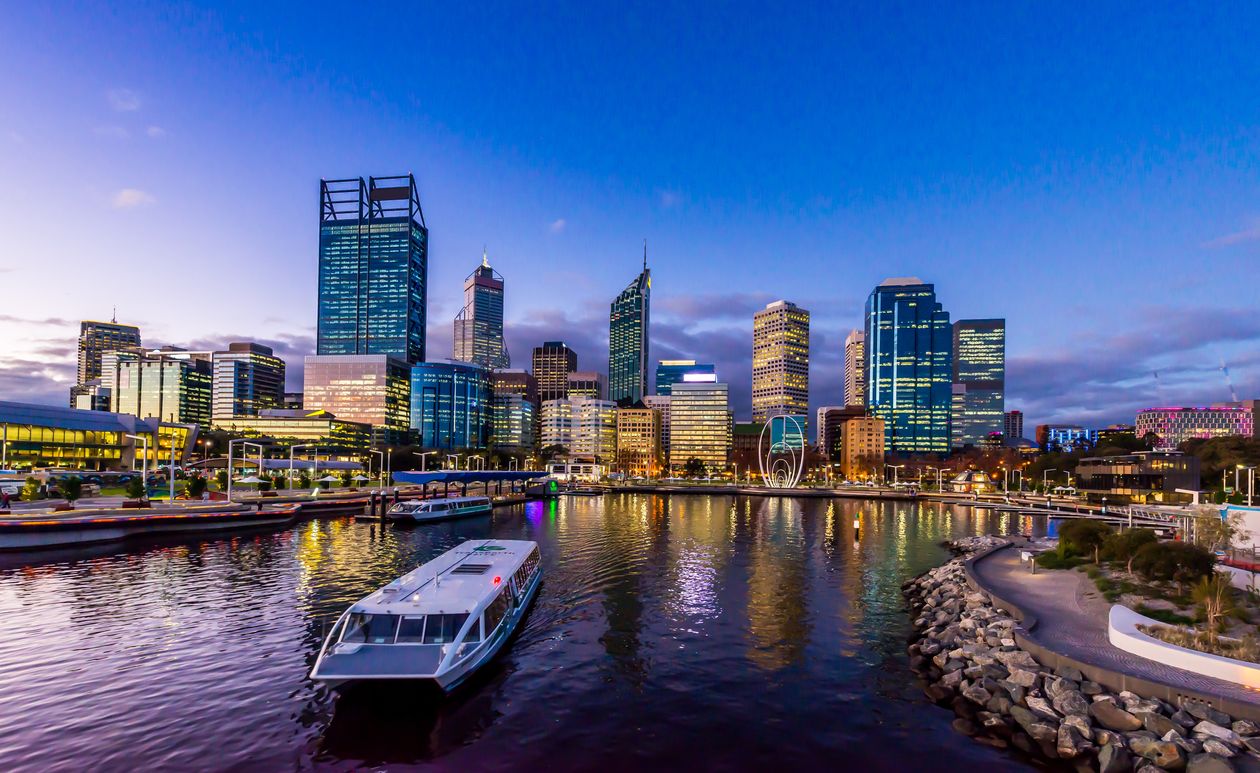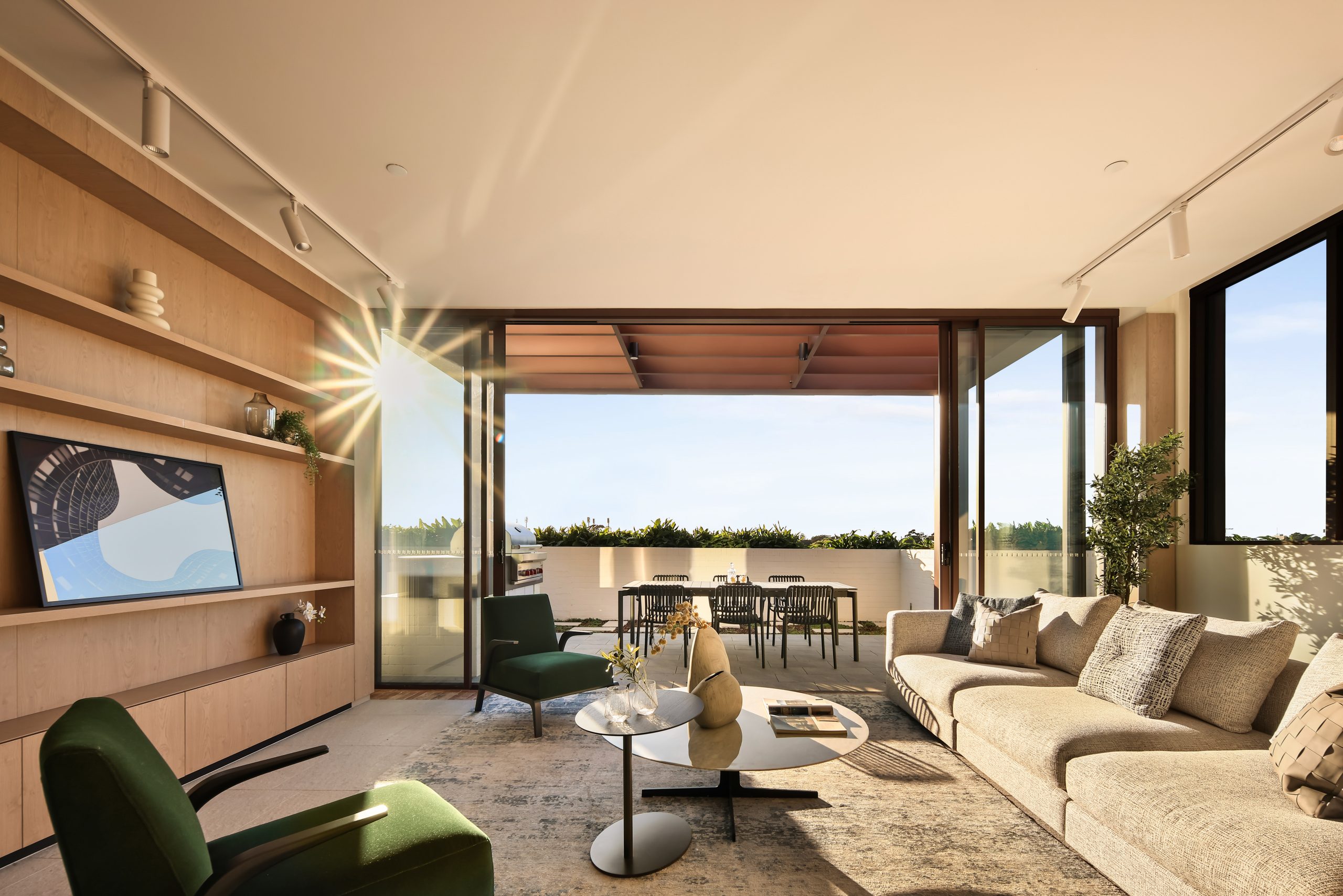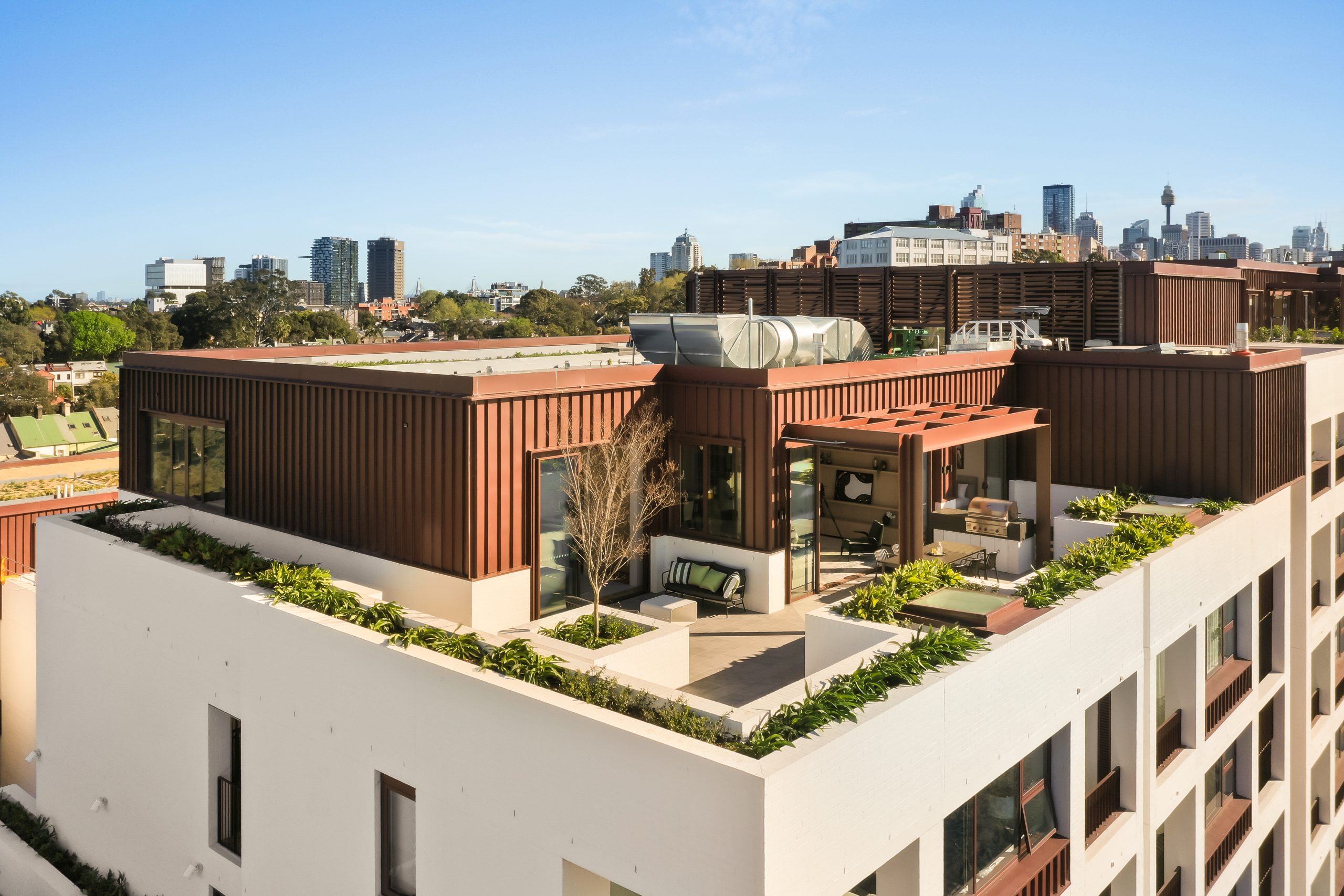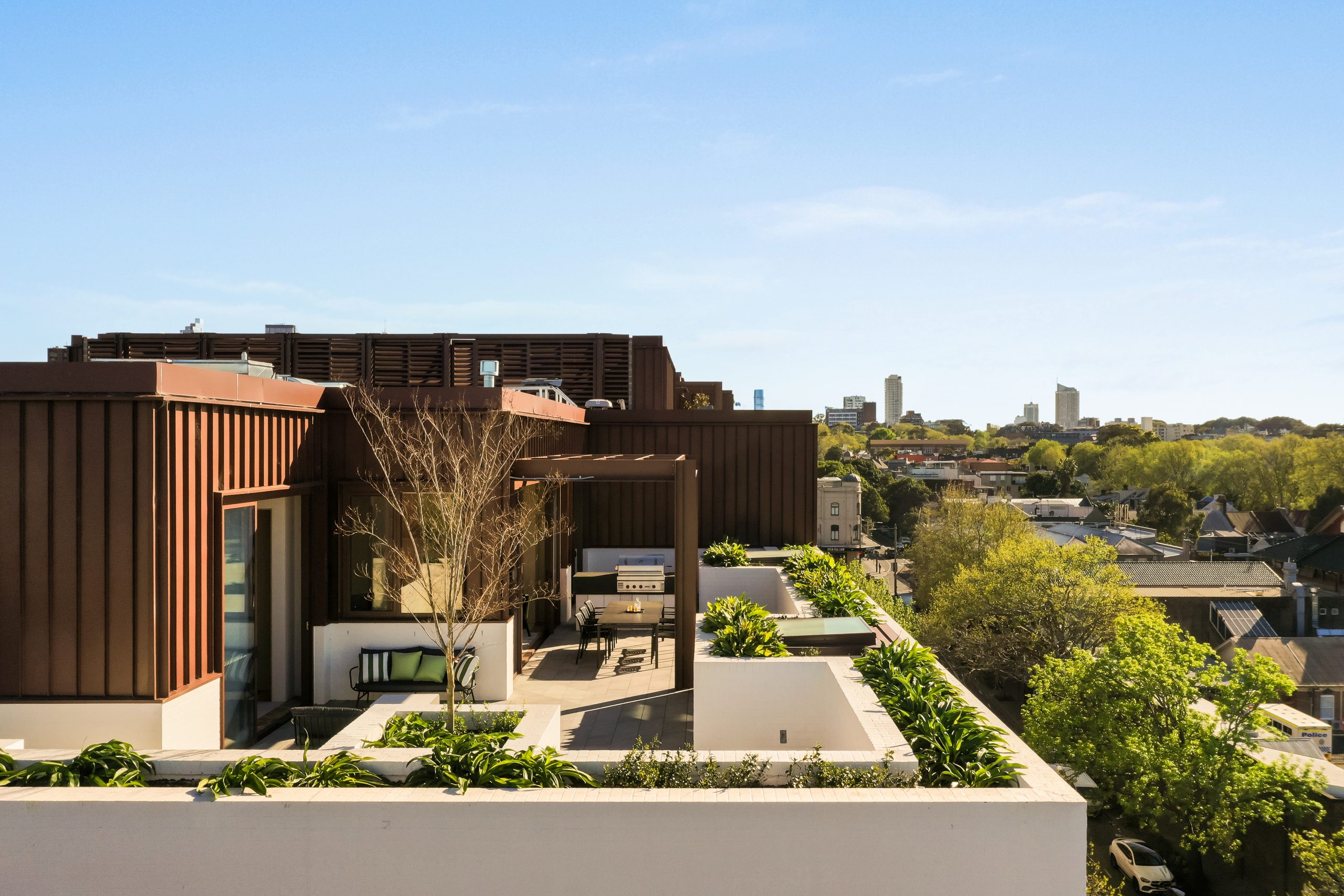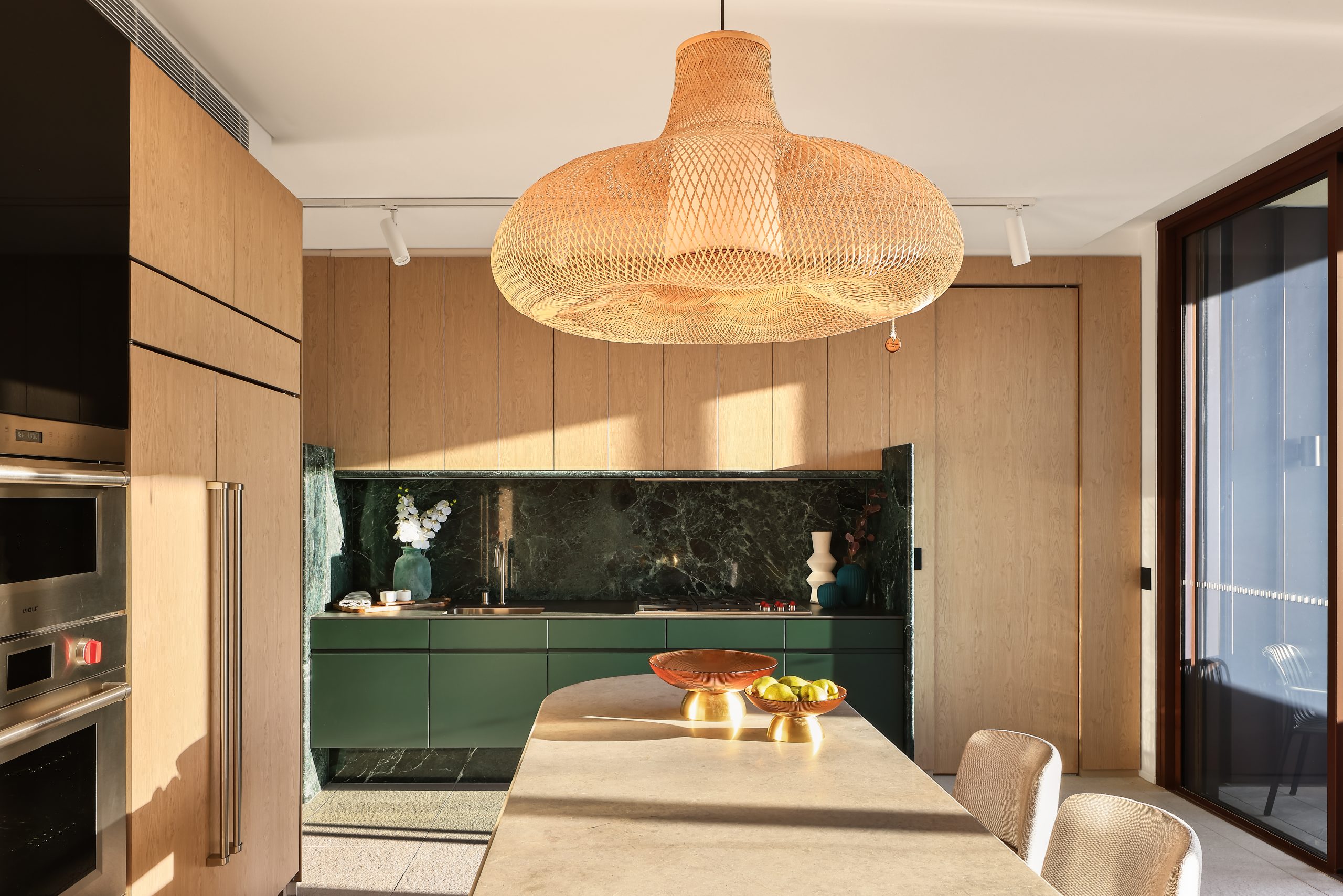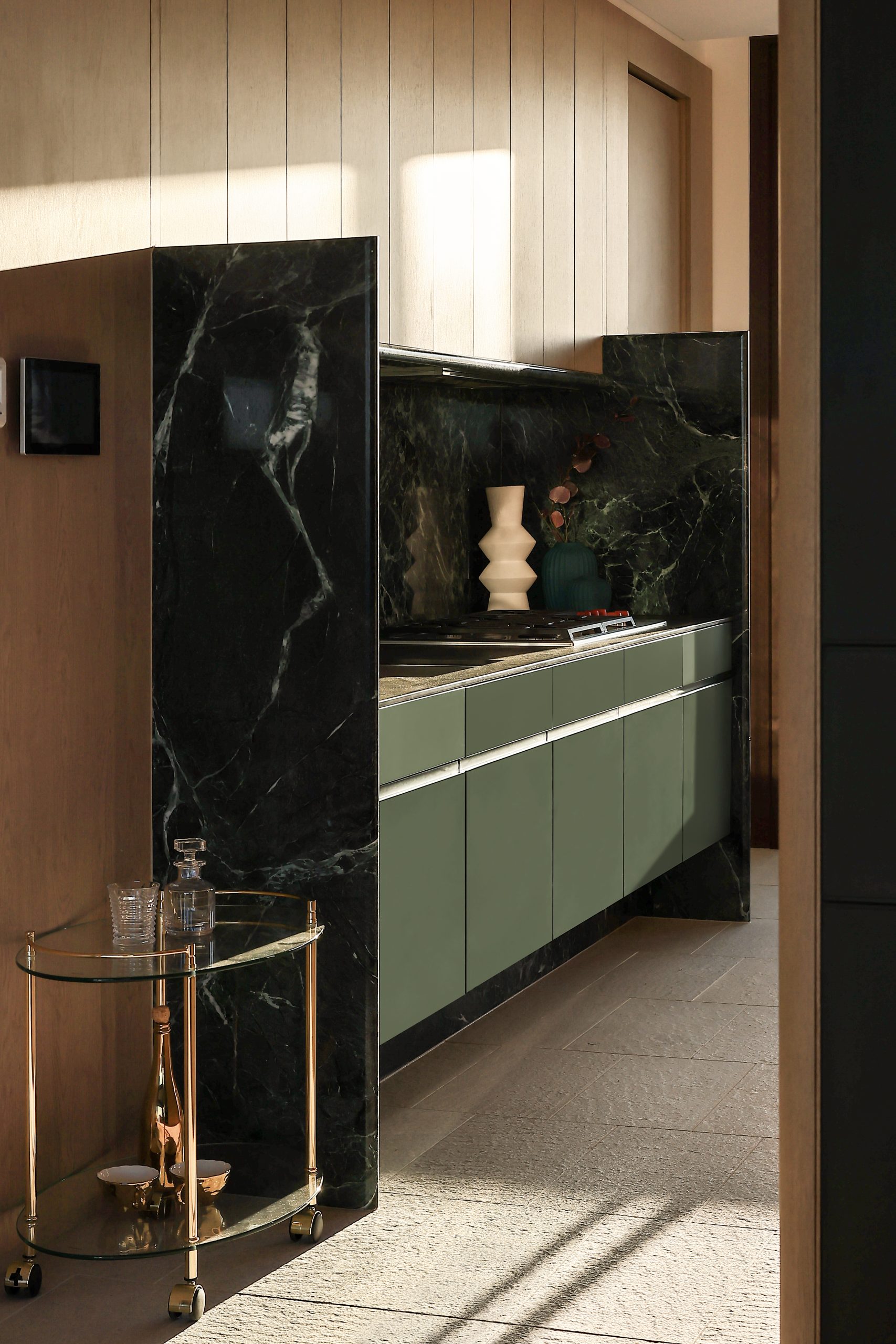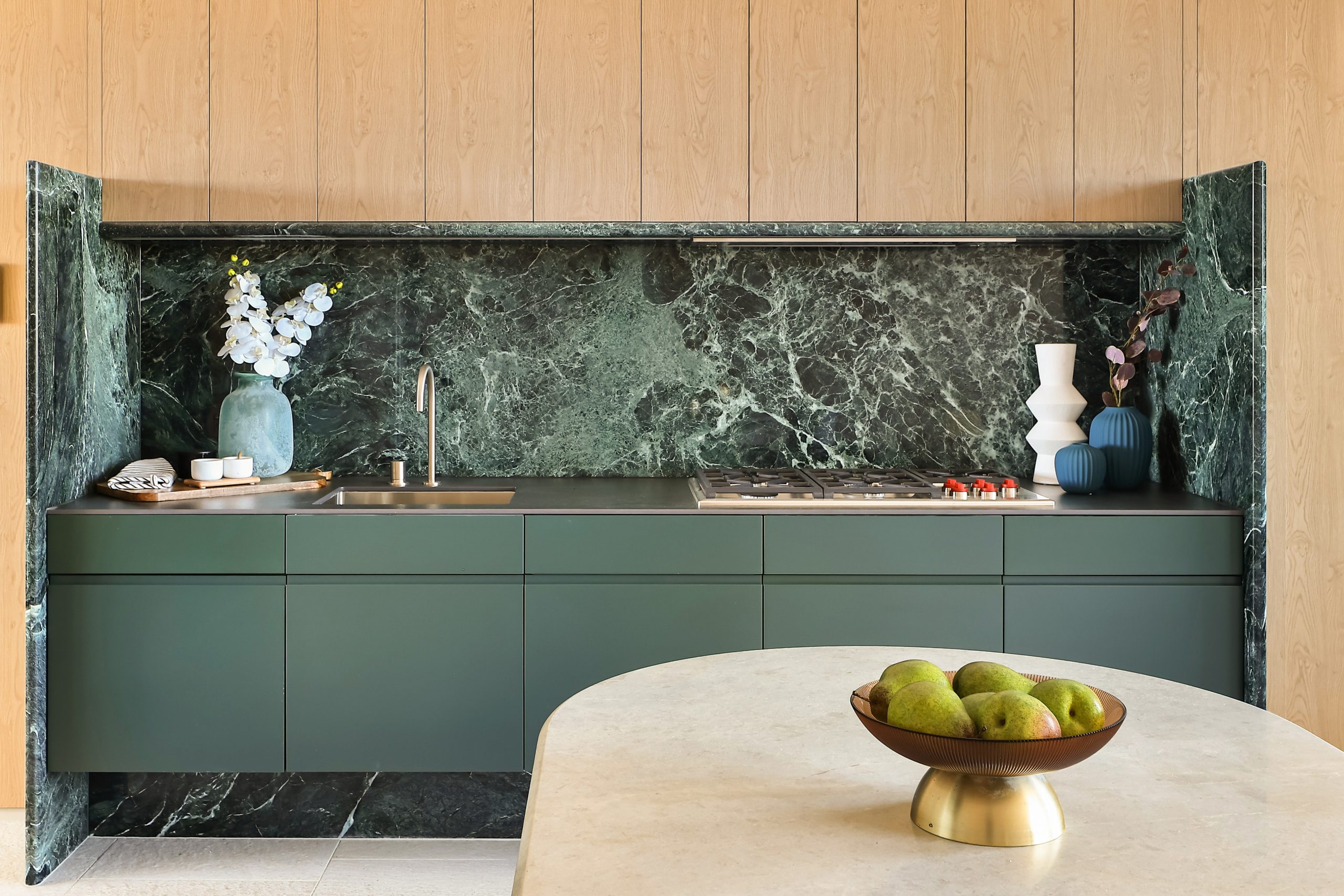Perth’s Long Road To A Real Estate Boom
After a lacklustre 2020, the Western Australian capital is poised to break out this year.
They both boast golden beaches, 28-degree-celsius summer days and glamorous waterfront real estate, but when it comes to comparing property prices there is a great divide between Perth and Sydney.
In addition to the 4000km separating the two Australian cities, there is a cavernous $700,000 gulf in average house prices. But that looks set to change.
Despite Perth being 2020’s second worst-performing Australian capital city in terms of price growth, Louis Christopher, managing director of SQM Research, a residential property data firm, said recent numbers show all the hallmarks of a boom.
“Our forecast is that dwelling prices for Perth will rise by 8% to 12% this year,” he said. “We have another scenario where everything goes right with the vaccine, and everything gets back to some kind of normal in the world, then prices will rise by 10% to 15%.”
“If we are correct about that forecast, it will be the first meaningful rise Perth housing has had since 2007, or briefly between 2013 and 2014,” he added. “It’s taken a long time for the market to experience strong rises. Indeed, the median house price for Perth is actually still lower than it was in 2008, but it’s fair to say it’s offering really good value relative to other cities and relative to its recent history as well,” he said.
According to SQM Research figures, the current median asking price for detached houses in Perth is $672,000, while apartments are $385,000. Meanwhile, Sydney’s median sits at $1.38 million (for houses) and $670,000 (for apartments).
Full Speed Ahead
Data compiled by the Real Estate Institute of Western Australia showed that Perth’s home value index lifted 1.6% in January, and was up 3.8% compared with three months ago, currently making it the fastest-growing major residential market in Australia.
Damian Collins, REIWA president and local broker with Momentum Wealth Residential Property, said the city’s property prices looked set to soar.
“The improvement experienced in the latter half of 2020 has continued into 2021, which is pleasing to see. With the pandemic continuing to impact travel and our local economy bouncing back after a challenging year, more and more West Australians are recognizing that now is the time to buy,” he said.
“Properties continue to sell at a faster rate than they did last year, with the median days to sell sitting at just 21 days, down from 43 days in January 2020. There is little doubt now that the Perth market has swung into the seller’s favour and buyers are needing to act a lot faster to secure a property,” he said.
Confidence Has Returned
Perth’s luxury real estate market is also currently experiencing a renaissance, according to realtor Mark Anderson of Hub Residential, a brokerage based in the West Australian capital city.
“We had a drop in confidence around May and June of 2020 at the height of Covid uncertainty in Australia, but that’s changed,” he said.
“In the $5 million to $30 million price brackets, I’d have to say that buyers at that level have a pretty good handle on where the economy is going. They’re looking at it from the point of view that this is a good time to trade, a good time to buy,” he added, attributing the positive sentiment to Australia’s record-low mortgage interest rates (the official cash rate is sitting at 0.10%) and Western Australia’s comparatively low coronavirus infection rate. (The state has recorded 907 cases and nine deaths since the state’s first reported case on Feb. 21, 2020.)
Mr Anderson said waterfront suburbs would be the ones to watch as home buyers and investors, including a wave of international ex-pats, seek out lifestyle properties in the wake of the pandemic.
“Towards the end of last year, for example, Cottesloe turbocharged itself in about 10 weeks and in some cases, the increases were anywhere between 15% and 25% year on year,” Mr Anderson said of the beachfront suburb where the median house price is now $1.95 million.
Located approximately seven miles from the city centre, Cottesloe is known for its more than half a mile stretch of white sand and waterfront restaurants.
“Some of these buyers see Cottesloe as a blue-chip investment, but ultimately I think people are asking themselves ‘Where do I want to end up?’ and the answer is the beach. I guess it’s a great example of FOMO,” he added.
Comparing the Markets
“Perth is just one of those really unique places in the world. I ask people when they’re buying a house here, ‘Why did you come?’ and they often say, ‘We love how it’s so spacious, it’s like a big country town!’” Mr Anderson said.
Perth’s population according to the 2016 Census was just under 2 million, while Sydney’s was approaching 5 million.
He said when international, and interstate, buyers stack Perth up against its more famous cousin, they often see more bang for their buck in Sydney.
“Our prices are really inexpensive given the fact that we’re so close to the beach, or the river. Our beaches are as good as Sydney, but the cost of living isn’t as high—and it’s relatively safe. We don’t even have as much rain, or the damaging storms that Sydney has,” Mr Anderson said.
On paper, the comparison also works in Perth’s favour. For Sydney’s median house price of $1.38 million, buyers in blue chip waterfront suburbs would get a modest attached two-bedroom home. In Perth, the same money could secure a spacious four- to five-bedroom family property on a grand block close to the beach or riverfront.
Often referred to as the most isolated city in the world, Perth is more than 2000km from the nearest city. Its property market is also unique in that global commodity prices play their part due to the significant role mining has in the state of Western Australia.
“What makes us think this time around we’re definitely going to see a pick up in Perth is what’s happening in the local rental market. Rents there absolutely plummeted in 2019 and 2020, but right now the vacancy rate at the end of December was just 0.9%. At its worst, when Perth rentals were majorly oversupplied back in 2016 and 2017, the rate was 5.5%,” Mr Christopher said.
As a result, rents are surging. SQM Research analysis shows house rents in Perth rose 12.7% in a year to $499 a week while apartments increased by 10.4% to $375 a week.
Mr Collins added that Perth’s residential vacancy rate has hit the lowest level recorded by the REIWA in 40 years.
“With the rental stock levels remaining low and expected to do so in the coming months, combined with low interest rates and expected gross yield growth, we will expect investor numbers to increase in the latter end of the year, particularly when the moratorium ends in March,” he explained, referring to the conclusion of a state-wide freeze prohibiting residential rental increases.
A City on the Rebound
Mr Christopher said that the Perth rental market has generally been the lead indicator for the residential sale market.
“You don’t always get that with other cities. In Sydney and Melbourne, you can have a weak rental market, but the [sales] market can still stay strong, and vice versa,” he said.
Mr Christopher explained that by 2019 there was no new construction in Perth, however employment levels began to increase due to a pick-up in local mining projects. Although projects paused briefly in 2020 due to Covid, it is now all systems go.
“Perth has been creating jobs, and still is creating jobs, but there’s been no new accommodation for the additional people coming to Perth,” he said.
Conversely, Australia’s other capitals have experienced a rise in vacancies and plummeting asking rents due to stalled immigration and international student numbers since the onset of the pandemic.
This, according to Mr Christopher, makes Perth more or less “coronavirus-proof” in the future.
“Perth traditionally doesn’t get a large share of international migration. Everyone tends to go to Sydney and Melbourne, so when Australia’s borders closed, Perth wasn’t hit as hard as the larger cities were,” he said.
 Copyright 2020, Dow Jones & Company, Inc. All Rights Reserved Worldwide. LEARN MORE
Copyright 2020, Dow Jones & Company, Inc. All Rights Reserved Worldwide. LEARN MORE
This stylish family home combines a classic palette and finishes with a flexible floorplan
Just 55 minutes from Sydney, make this your creative getaway located in the majestic Hawkesbury region.
A Sydney site with a questionable past is reborn as a luxe residential environment ideal for indulging in dining out
Long-term Sydney residents always had handful of not-so-glamourous nicknames for the building on the corner of Cleveland and Baptist Streets straddling Redfern and Surry Hills, but after a modern rebirth that’s all changed.
Once known as “Murder Mall” or “Methadone Mall”, the 1960s-built Surry Hills Shopping Centre was a magnet for colourful characters and questionable behaviour. Today, however, a $500 million facelift of the site — alongside a slow and steady gentrification of the two neighbouring suburbs — the prime corner property has been transformed into a luxury apartment complex Surry Hills Village by developer Toga Group.
The crowning feature of the 122-apartment project is the three-bedroom penthouse, fully completed and just released to market with a $7.5 million price guide.
Measuring 211sqm of internal space, with a 136sqm terrace complete with landscaping, the penthouse is the brand new brainchild of Surry Hills local Adam Haddow, director of architecture at award-winning firm SJB.
Victoria Judge, senior associate and co-interior design lead at SJB says Surry Hills Village sets a new residential benchmark for the southern end of Surry Hills.
“The residential offering is well-appointed, confident, luxe and bohemian. Smart enough to know what makes good living, and cool enough to hold its own amongst design-centric Surry Hills.”
Allan Vidor, managing director of Toga Group, adds that the penthouse is the quintessential jewel in the crown of Surry Hills Village.
“Bringing together a distinct design that draws on the beauty and vibrancy of Sydney; grand spaces and the finest finishes across a significant footprint, located only a stone’s throw away from the exciting cultural hub of Crown St and Surry Hills.”
Created to maximise views of the city skyline and parkland, the top floor apartment has a practical layout including a wide private lobby leading to the main living room, a sleek kitchen featuring Pietra Verde marble and a concealed butler’s pantry Sub-Zero Wolf appliances, full-height Aspen elm joinery panels hiding storage throughout, flamed Saville stone flooring, a powder room, and two car spaces with a personal EV.
All three bedrooms have large wardrobes and ensuites with bathrooms fittings such as freestanding baths, artisan penny tiles, emerald marble surfaces and brushed-nickel accents.
Additional features of the entertainer’s home include leather-bound joinery doors opening to a full wet bar with Sub-Zero wine fridge and Sub-Zero Wolf barbecue.
The Surry Hills Village precinct will open in stages until autumn next year and once complete, Wunderlich Lane will be home to a collection of 25 restaurants and bars plus wellness and boutique retail. The EVE Hotel Sydney will open later in 2024, offering guests an immersive experience in the precinct’s art, culture, and culinary offerings.
The Surry Hills Village penthouse on Baptist is now finished and ready to move into with marketing through Toga Group and inquiries to 1800 554 556.
This stylish family home combines a classic palette and finishes with a flexible floorplan
Just 55 minutes from Sydney, make this your creative getaway located in the majestic Hawkesbury region.









